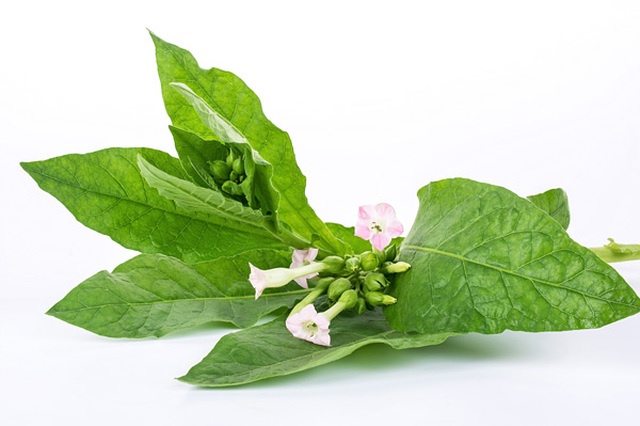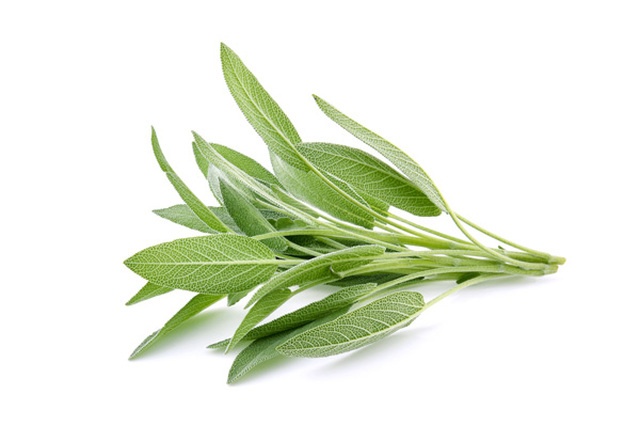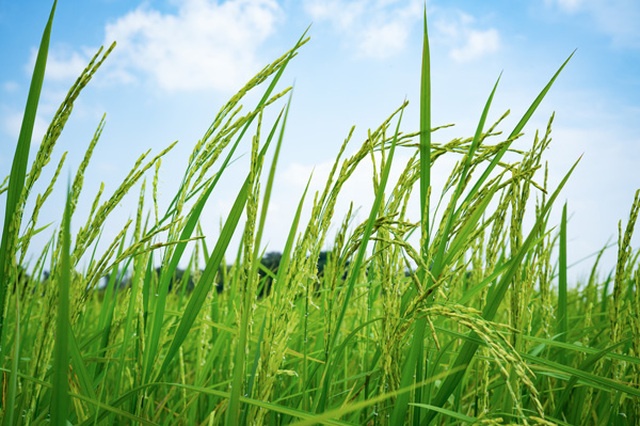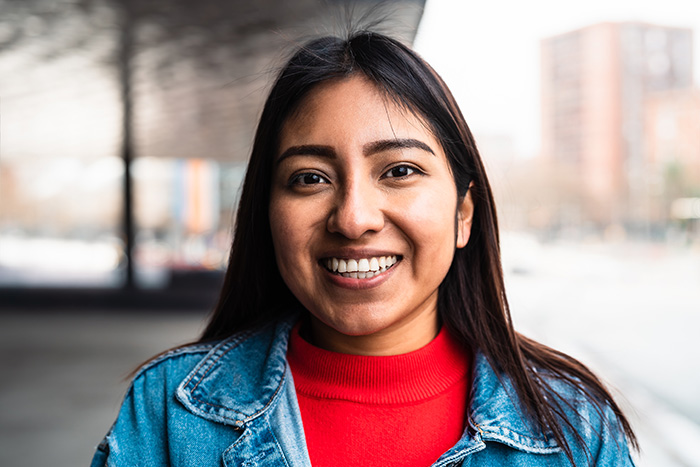

All cultures have practices that are used to help cope with challenges and reduce stress, including cultures within Native and Indigenous communities. Engaging your culture can be a helpful way to build mental well-being in an ever-changing world filled with high anxiety and stress.
Created in partnership with Indigenous Peoples' Task Force
Indigenous peoples of the United States
There are many Indigenous peoples who are Native to the land that is known today as North America. In the U.S., there are more than 500 federally recognized tribes, which are sovereign Nations, including 4 Lakota/Dakota and 7 Ojibwe Nations in Minnesota. Not all tribes have the same practices, but there are several universal cultural teachings that are similar or are shared amongst tribes, including teachings and practices for mental health and well-being. The Ojibwe and Dakota people, who are Native to the land known today as Minnesota (Mnisota in the Dakota language), practice the teachings shared here.**
**Note that the traditional cultural teachings described here are by and for Indigenous peoples and often shared with others. The unacknowledged or inappropriate adoption of practices outside of one’s own culture(s) is considered cultural appropriation. Change to Chill does not encourage cultural appropriation.
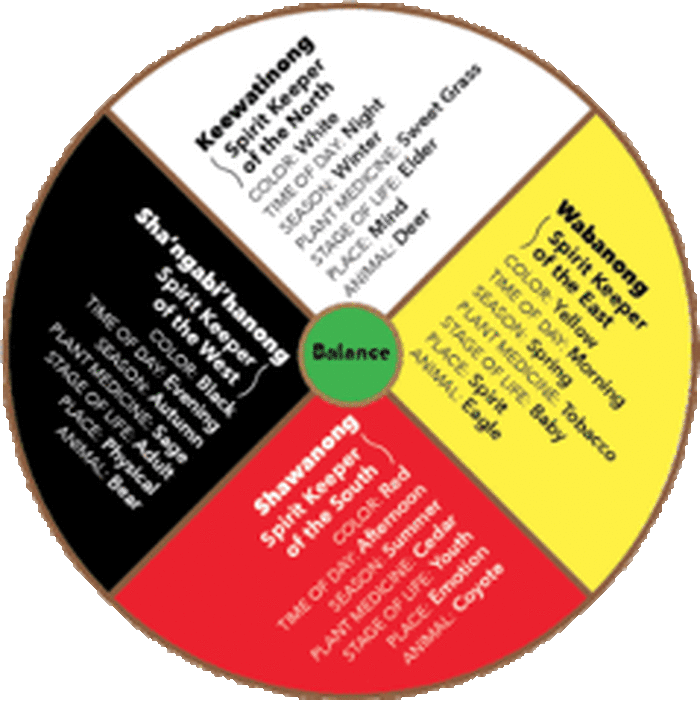
Medicine Wheel
The Medicine Wheel is a fundamental part of many First Nations’ cultures. It explains much of the Indigenous worldview and the meanings behind the beliefs of many Indigenous tribes across North America. The circle represents the connectedness of all aspects of life, building a system of teachings into one symbol. Each direction, season, and element has its own quadrant. All elements of life must balance, respect, and live in harmony with one another.
Learn more about the Medicine Wheel from this video by Indigenous Peoples’ Task Force.
Healing from the stress & anxiety using the four sacred medicines
The four sacred medicines (tobacco, sage, cedar, and sweetgrass) are gifts from the Creator. They are cultivated and, before gathering any medicines, thanks are given to Mother Earth by offering tobacco on the ground. There are many ways to use the four sacred medicines, including to support whole well-being as well as spirituality.
Life balance through other traditional cultural teachings
Practicing traditional cultural teachings—customs—is one important way to maintain whole well-being—that is psychological, emotional, spiritual and physical well-being. Elders and adults pass these ways down to children and young people to support well-being and maintain Native traditions.
For many, cultural teaching and practices are helpful tools for preventing and treating substance abuse. Learn how IPTF’s Ikidowin program uses theater and traditional songs to educate about the impacts of substances on Native peoples and the power of culture as prevention. The songs shared are Anishka, the morning song; the Wolverine song, which is about alcoholism and recovery; and the Spirit Bear song, which is about healing.
This video is possible, fully or in part, as a result of grant funding recommended by the Opioid Epidemic Response Advisory Council (OERAC) and the Minnesota Department of Human Services. The views expressed in this publication do not necessarily reflect the official policies the Minnesota Department of Human services; nor mention of trade names, commercial practices, or organizations imply endorsement by the state of Minnesota.
